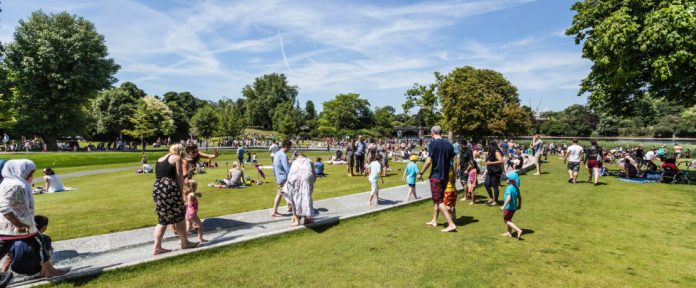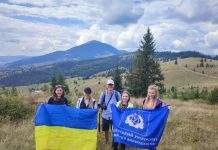A rerport out today by the CPRE Countryside Charity has revealed that while there has been an increase in local green spaces (LGS), deprived communities remain underserved
The report reveals that LGS designations have increased by 771 since 2022, most of them in northern England. In London, the total number of LGSs grew by 64%.
LGSs were introduced in 2012 to give Green Belt-like protections to smaller areas of land that are often identified by communities themselves. Since then, 7,286 LGS have been designated in total, for reasons including their recreational value, beauty and importance for wildlife.
According to the report, 81.5% of all LGS designations were made on account of an area’s recreational value, 34% on account of its importance for wildlife and 27.1% on account of its beauty. The mapping shows that many LGSs are found on the margins of Common Land, Local Nature Reserves and Sites of Specific Scientific Interest, demonstrating their value in expanding protected areas and connecting important habitats.
While LGS designations have increased in deprived areas, CPRE mapping reveals that a strong correlation persists between deprivation and lack of green space.
Engagement with neighbourhood planning may not be a priority for people facing poor housing, low incomes and barriers to accessing healthcare and other essential services. Organisations must work together to address these pressures and create capacity for wider environmental issues.
CPRE is calling for the LGS designation process to be standardised to make it easier for communities to make use of the legislation. There are currently disparities between the accepted by different development plans, with some permitting LGS designation on account of an area’s ‘richness of wildlife’ or ‘beauty’, while others do not. There is also a lack of consistency within these and other categories, depending on the region or landscape type concerned.
Brad Taylor, lead author on the report, said: ‘Communities with high levels of deprivation need to have their voices heard and their Local Green Spaces protected. People must be empowered to engage in the local and neighbourhood planning process that can secure LGS designations. Our green spaces are there for everyone to enjoy – everyone needs to be involved in deciding how to protect them.’
The report features four case studies that highlight the ways LGS designations vary in different parts of the country. They look in detail at conditions in:
Blackpool, which has high levels of deprivation and no LGS designations.Hull, one of the few local authorities with no LGS designations despite having many green spaces,Shropshire, where LGS designations for school playing fields have played a part in rejuvenating rural areas and providing young people with much-needed opportunities to socialise, and London, where a community garden designated as an LGS has boosted academic performance and enabled young people to connect with nature.
Brad Taylor, lead author on the report, said: “Communities with high levels of deprivation need to have their voices heard and their local green spaces protected.”
He said people must be empowered to engage in the local and neighbourhood planning process that can secure official local green space designations, which mean the land cannot be built upon.







